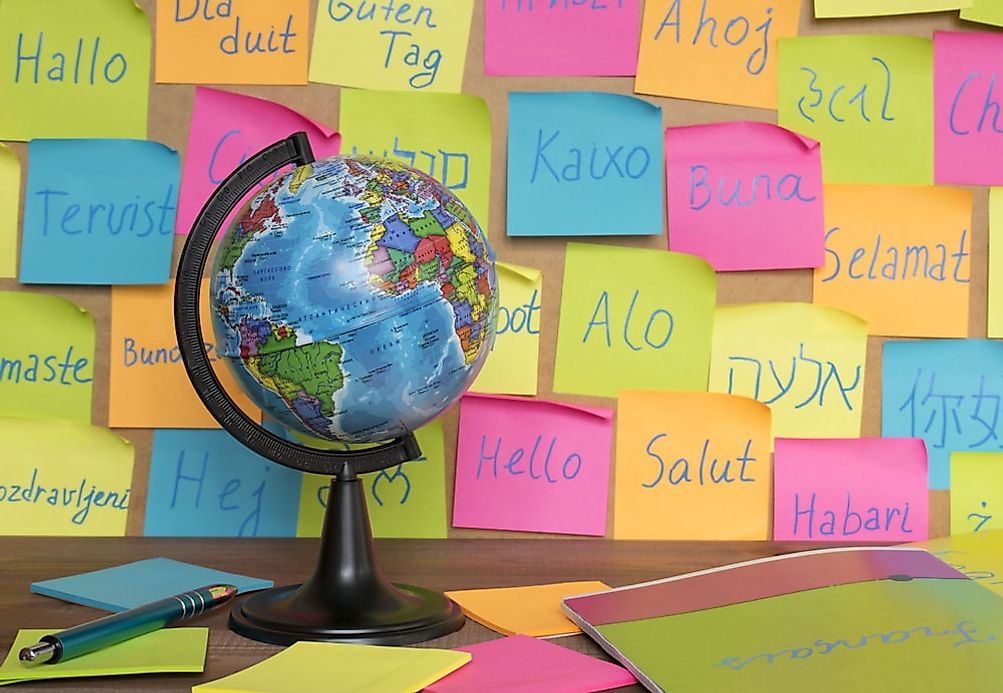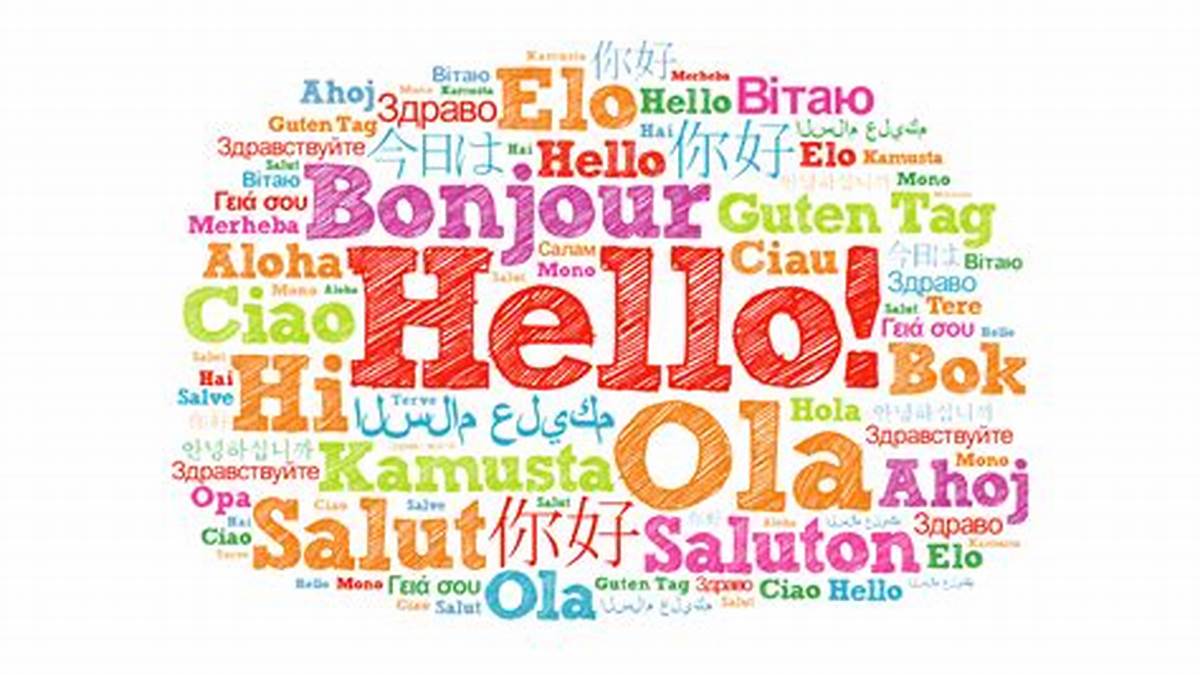Why it’s important to save endangered languages?
October 08 , 2021Why it’s important to save endangered languages?
by Target Language Translation Services
- October 08 2021

Every day, about 7,000 different languages are spoken by people all around the world. On average, this would put about a million speakers per language, which we know isn’t true. Mandarin Chinese has over 800 million native speakers. Hindi is spoken by 390 million people as a first language. Spanish and English are both spoken by over 340 million native speakers each. So what about the other languages? It may come as a shock to find that roughly 40% of them are endangered. While half of the world’s population speaks at least one of the world’s 20 most common languages, there are around 2,800 languages each spoken by less than 10,000 people. Some are spoken by only a single person – a lonely existence, without the use of other languages. In this article, we’re going to look at endangered languages, and the efforts to try to save them.
What is an endangered language?
Indigenous languages are hardest hit as their speakers are a distinct minority – both in number and socioeconomic status. According to the United Nations, “[t]he world’s indigenous languages are under threat of disappearing, with one language dying every two weeks and many more at risk.” And by UNESCO’s standards, endangered languages refer to any language which is no longer being taught to children as the mother tongue. That criteria is where we find so many native speakers of Mandarin, and so few speakers of other languages, and it’s what pushes languages out of existence.
The importance of saving indigenous languages
Linguists have expressed that the drive to preserve dying languages should be no different from the way people feel about endangered wildlife. “We spend huge amounts of money protecting species and biodiversity,” one anthropologist told the BBC. “So why should it be that the one thing that makes us singularly human shouldn’t be similarly nourished and protected?”
Professor Megan Davis, Chair of the Permanent Forum on Indigenous Issues, is also emphatic that saving dying languages is crucial, not only for the indigenous peoples who speak them but for the world at large. She states, “Saving indigenous languages is crucial to ensure the protection of the cultural identity and dignity of indigenous peoples and safeguard their traditional heritage.”
Causes of endangerment
There are many risks to languages, including:
Population risk, by war, genocide, famine, disease and natural disaster. War and genocide have resulted in the destruction of many languages, such as Western Armenian and many Native American languages.
Apart from the actions of other people, in today’s unstable climate, languages also face endangerment when a population of speakers is placed at risk. COVID-19 is but one modern example of a pandemic that poses a threat to languages all over the world.
Cultural and/or political marginalization. When a language is being considered an endangered language and is no longer permitted for use at school or in the workplace, its practicality is diminished and the effort of teaching it to children doesn’t have the same pay-off.
Of course, many languages are at risk as a result of multiple causes. For instance, Irish was affected by colonial activity, cultural marginalization, and famine.
The world’s most endangered languages
Over the last three generations, we find out where you can hear the most endangered ones:
Resígaro, Peru
Where: The Peruvian Amazon
How many speakers: 1
Ainu, Japan
Where: Hokkaido
How many speakers: Between 2 and 15
Dunser, Papua New Guinea
Where: Papua New Guinea
How many speakers: 3
Vod, Estonia/Russia
Where: The Russian/Estonian border
How many speakers: 8
Pawnee, USA
Where: North central Oklahoma
How many speakers: Less than 10
Chulym, Russia
Where: Siberia
How many speakers: 44
Mudburra, Australia
Where: Australia, Northern Territory
How many speakers: 92
Machaj Juyay, Bolivia
Where: Six villages around Curva in the Apolobamba region of Bolivia
How many speakers: Fewer than 200
Jedek, Malaysia
Where: Malay Peninsula
How many speakers: 280

How are endangered languages being saved?
There have been many efforts to save languages before they disappear, which are effective to preserve a country’s mainstream languages as well as lesser-used dialects.
An emphasis on endangered languages by education
Both teaching and participating in language classes in local schools or around the world outside of the country from which a country originated are excellent ways to keep a language alive. Typically, elders volunteer or are paid small stipends to lead classes for a community. Speaking a language—even if only in a classroom or occasional conversational setting—is enough to give stronger and greater value to its words and nuanced meanings, some of which may not translate directly in any other language.
Creating recorded and printed resources
Recorded and printed documentation are essential for preserving languages’ sound and context. Linguists, anthropologists, and committed citizens work to interview, record, and document languages to preserve them via durable, physical media. These resources are published and preserved in libraries, academic institutions, museums, and cultural centers.
Some examples of this include:
The Wikitongues project
National Geographic’s Enduring Voices program
The Living Tongues Institute for Endangered Languages
Using technology to help languages survive
Rather than be responsible for widening the spread of English as the standard online language, the internet has begun allowing speakers of endangered languages to develop an online resource for their native tongue. Young generations are making full use of the means they have available to raise awareness of endangered languages, be it through their creative endeavours or designing apps and taking to social media in order to literally spread the word.
For instance, in 2012, a Pennsylvanian linguist started a number of projects across the world to create online talking dictionaries for languages spoken by as little as one individual in a remote part of Oregon.
Insist on speaking your native language
As The Economist points out: “In each place there is an enthusiastic local who is wise enough to care about saving his heritage and young enough to see that this requires embracing modernity.”
Perhaps one of the most important things groups, families, and individuals can do is insist on speaking their native language, resisting the urge to succumb to a dominant group’s language. Professional interpreters are a fantastic tool for this – ensuring business professionals can engage equally across language divides – never sacrificing their ability to understand what’s being said.
Methods like these not only introduce vanishing languages to future generations of native speakers, but also serve to raise awareness of these cultures to outsiders. It may not lead to an upsurge in the number of speakers of the endangered languages. However, the fact a language known by so few people is even entering global conversation is a significant development in itself.
This article is reprinted from U.S. Translation, Chang-Castillo and Associates and THE UP COMING.
If there is a copyright, please inform us in time, we will delete it right the first time.